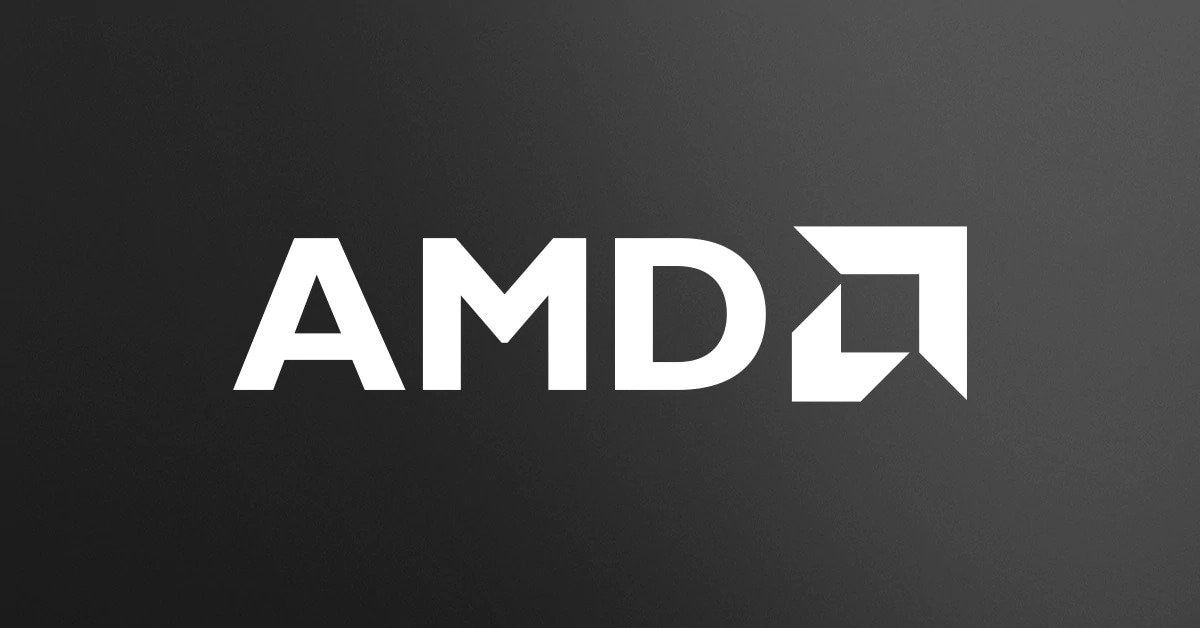Apple is marketing an advantage over gaming GPUs even though every thing they market their graphics for isn't gaming, but the kinds of things that you'd prefer a workstation GPU over a gaming GPU for if you were configuring a PC for those tasks.
Power efficient, maybe. Again, their marketing is silly because they are comparing to gaming GPUs which are inefficient compared to workstation GPUs for things that aren't gaming. Even sillier, in the PowerPC and Intel eras of Macintosh, Apple preferred supplying gaming GPUs over workstation GPUs while marketing their machines more towards workstation tasks. At this point in time, you're buying anything beefier than an M1 or M2 (i.e. M1 Pro or M1 Max) for things that aren't gaming because it would make far more sense to buy a PC for gaming, especially now that you can't run x86-64 versions of Windows on these new Macs anymore.






